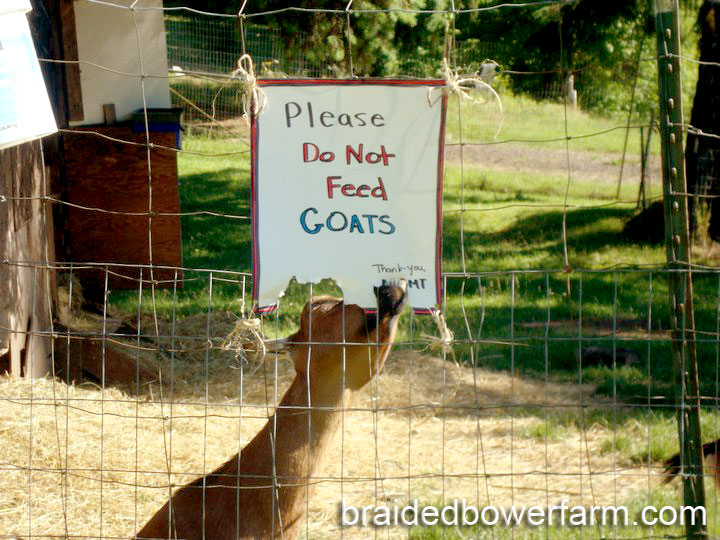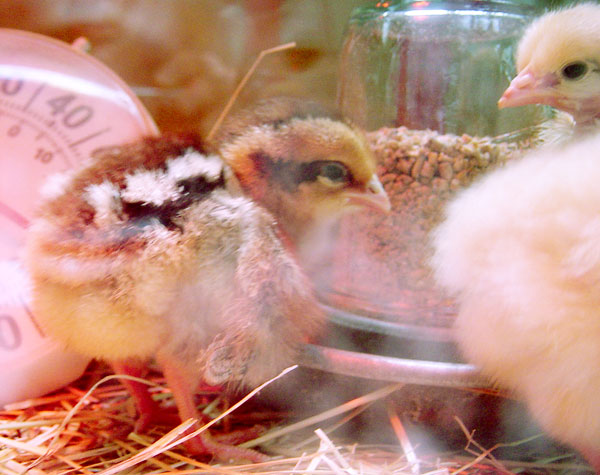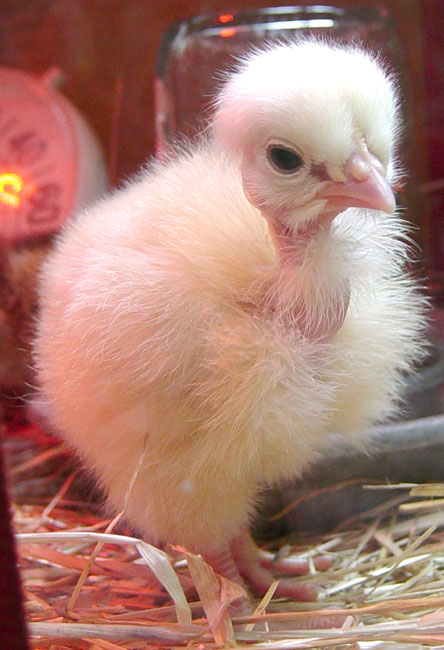It’s Lammas, traditionally a time to celebrate the first harvests of the year, and despite the seemingly endless coldwetwinterspring weather, we’re actually starting to have something to harvest.
Bees are enjoying the onions that have been allowed to go to flower:
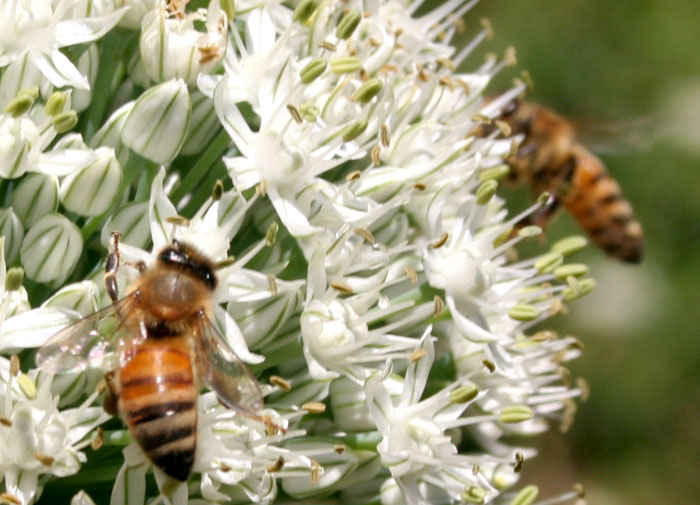
I wonder what the honey will taste like?
It’s a great year for some things, like our tart state plant, the Oregon Grape:

It’s not actually in the grape family, but it makes a really delicious dry fruit wine.
Some year soon, we’re going to have to do a huge field of black oil sunflowers, which are a staple item for our goats and chickens. This is a volunteer, and a spectacular example; I lost count at 27 flowers on this one 6′ tall plant:
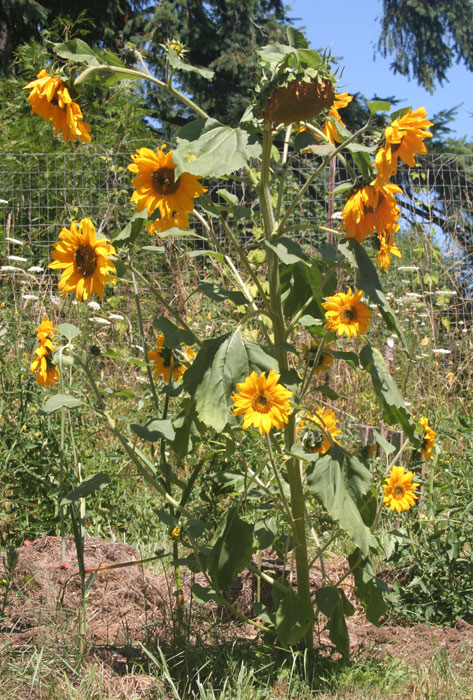
Most of the remaining garlic and onions were pulled this morning and now hang from the rafters in the living room:

I am not recommending this as an air freshener. Especially on a hot day when the windows are closed to hold in the cool nighttime air.
Tomato plants are finally setting fruit, and are overflowing the former garlic and onion beds:

We planted about 7 different varieties of tomato this year, purchased as small starts from Boondockers Farm, a great place for heirloom seeds and starts near Eugene.
Boondockers have been working with several obscure (to me, at least) tomatoes, fusing their goals of preserving heirloom DNA and finding varieties that thrive in our particular climate.
Evan, who owns the farm with his partner Rachel, was kind enough to spend an inordinate amount of time educating someone (me) who was only buying one tray of discounted starts. Several of the ones I chose from their almost overwhelming selection are of Eastern European origin, with names like De Barrao Black Ukrainian, Kosovo, and Malakhitovaya Shkatulka. The ones with less exotic names sound no less enticing – Chocolate Cherry, Black Zebra, Chocolate Stripes.
I carefully placed little tags next to each start so I could assess the varieties for future planting, but now there are a few mystery plants…the sometimes frustratingly persistent ink of a Sharpie marker has no UV resistance whatsoever =\
I also don’t know what variety of tomato these are; they popped up voluntarily in a compost bin:
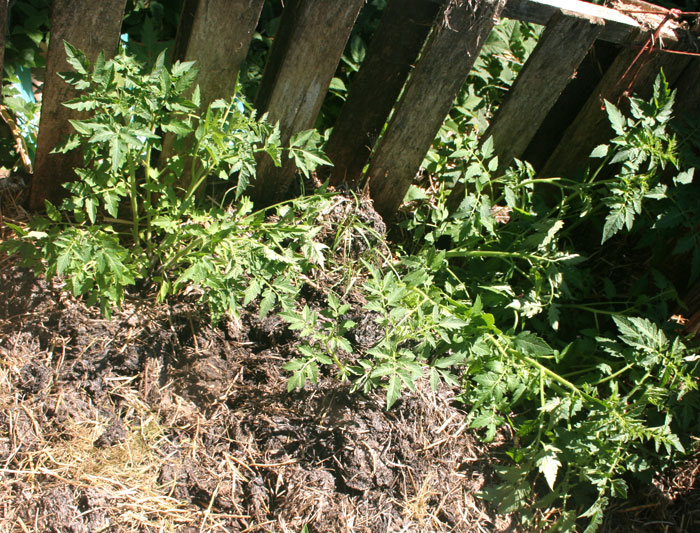
The first round of potatoes is in, and the yield is not overwhelming but better than my previous efforts.
I did not know this before, but “potatoes,” like most of our roots and tubers, are things we plant and care for in order to keep the tunneling moles well nourished. Kidding, but not entirely; I’ll explain in the next post.












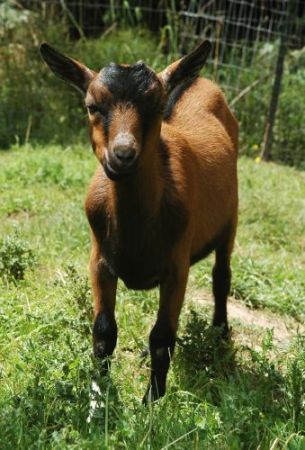


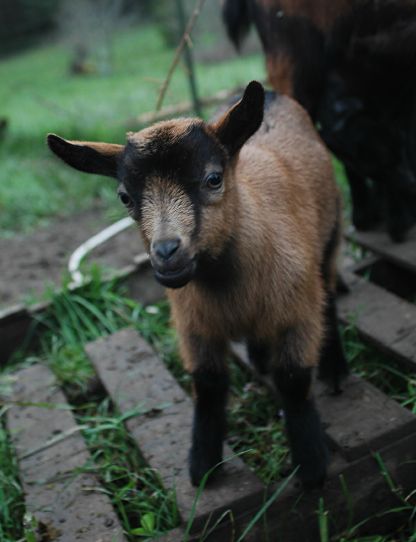


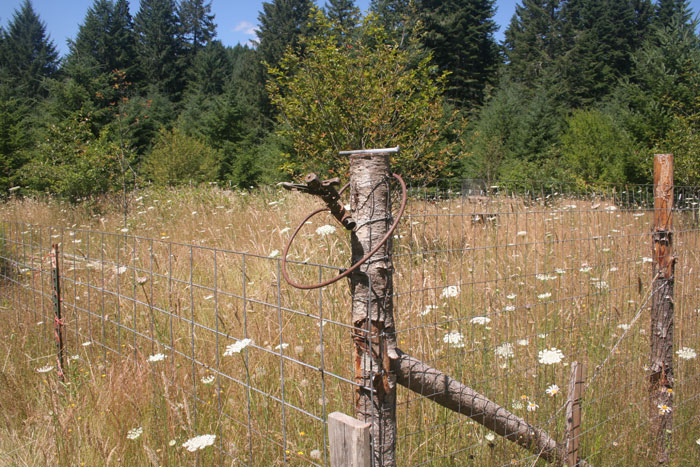






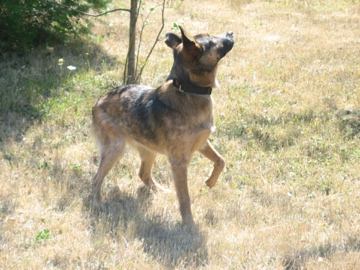 A hawk just killed one of our Welsummer chicks, but Daks, our
A hawk just killed one of our Welsummer chicks, but Daks, our 